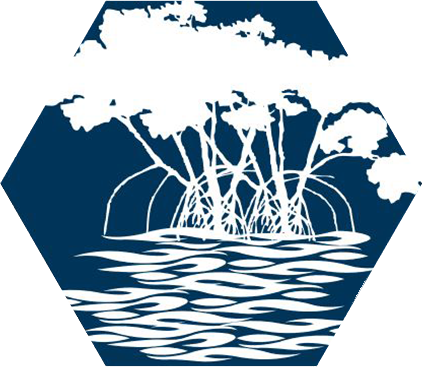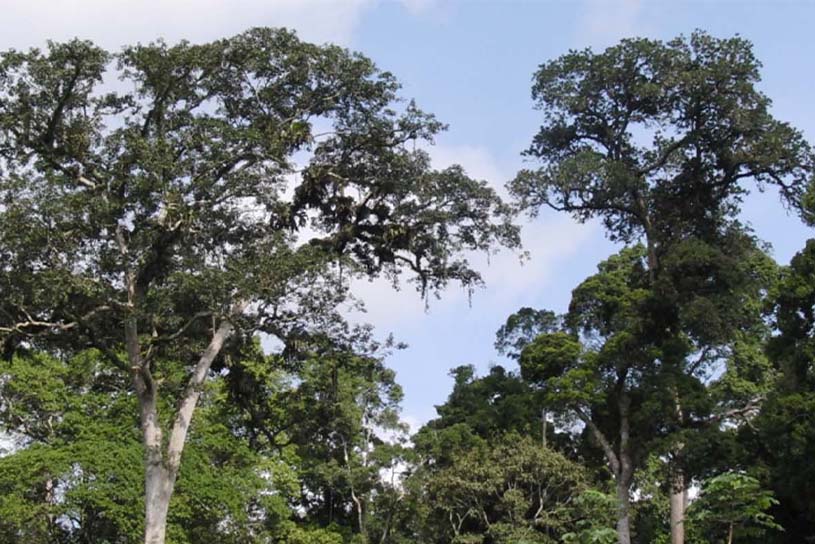HCV (« High Conservation Value »)

High Conservation Values (HCVs) are important biological, ecological, social and cultural characteristics of our environment, such as endangered species, river banks or archaeological sites. The HCV approach is a three-step process in which HCVs are identified, managed and monitored to ensure their maintenance over time.
The 6 High Conservation Values are as follow :

HCV 1
Diversity of species
Concentrations of biological diversity, including endemic species and rare, threatened or endangered species, of global, regional or national significance.

HCV 2
Ecosystems and mosaics at the landscape scale
Large, landscape-scale ecosystems and mosaics of ecosystems of global, regional or national significance that support viable populations of most naturally occurring species according to a natural pattern of distribution and abundance.

HCV 3
Ecosystems and habitats
Rare, threatened or endangered ecosystems, habitats or refuges

HCV 4
Ecosystem services
Basic ecosystem services in critical situations, including protection of watersheds and control of erosion of fragile soils and slopes.

HCV 5
Need of communities
Sites and resources fundamental to meeting the basic needs of local communities or indigenous peoples (such as livelihoods, health, nutrition, water, etc.), identified through engagement with these indigenous communities or populations.

HCV 6
Cultural values
Sites, resources, habitats and landscapes of cultural, archaeological or historical significance at the global or national level, and / or of cultural, ecological, economic or religious / sacred importance critical to the culture of local communities or indigenous peoples, identified by through engagement with these local communities or indigenous populations.
HCS (« High Carbon Stock »)

The HCS approach is a methodology used to distinguish forest areas that deserve protection from degraded areas that can be converted. The HCS approach uses a vegetation threshold between natural forest and degraded land based on six vegetation classifications:
- High density forest
- Medium density forest
- Low density forest
- Young forest in regeneration
- Brushwood
- Cleared land
These classifications are identified using remote sensing data and field measurements. A combination of scientific conservation factors is used to analyze the plots to define “viable forest areas”.

SIPH commits to using both approaches before any decision is taken to develop new land, by carrying out studies by independent consultants to identify HCV conservation areas and HCS forests.
When HCV and HCS zones are present on our sites, we implement the following measures:
- The formulation of a management plan to manage and protect the HCV areas identified during the studies;
- For areas identified as HCV 1-4, the support includes an assessment of flora and fauna, and protective measures, to prevent illegal activities such as poaching, logging of forest trees, and bush fires.
- In areas of historic degradation, we undertake restoration activities to enhance the identified conservation values.


